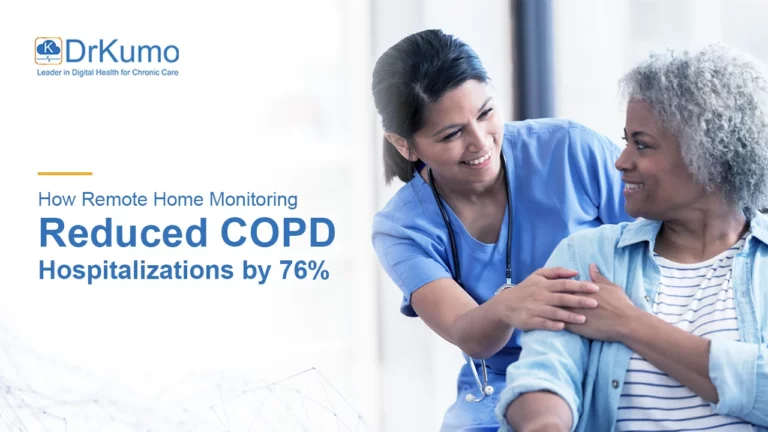Remote patient monitoring (RPM) has taken the healthcare world by storm. By enabling clinicians to track patient vitals and health data remotely, RPM offers a promising path to improved patient outcomes, potentially reduced healthcare costs, and increased access to care. However, a critical question lingers for healthcare providers everywhere: can RPM translate into a healthy bottom line through effective RPM billing?
This article delves into the world of RPM billing, exploring the potential financial implications for providers, unpacking the intricacies of RPM billing codes, and shedding light on the factors influencing the program’s return on investment (ROI).
Understanding RPM Billing: Codes and Compliance
RPM billing revolves around specific Current Procedural Terminology (CPT) codes established by Medicare and Medicaid. These codes represent the services rendered by healthcare providers in collecting, interpreting, and acting upon patient-generated health data. Mastering these codes and ensuring proper documentation are essential for maximizing reimbursement and justifying the implementation of RPM programs.
For instance, CPT code 99490 might be used for remote assessment and interactive communication with the patient and/or caregiver during a chronic care management (CCM) service delivery period. However, proper documentation would require outlining the specific details of the remote interaction, such as the data reviewed (blood pressure readings, weight data), interventions recommended (medication adjustments), and patient education provided.
Unlocking the Financial Benefits of RPM with Effective Billing
Studies across various healthcare systems have shown that RPM can lead to significant cost savings. Here’s how effective RPM billing can potentially benefit providers:
- Reduced Hospital Admissions: Studies have shown that by proactively managing chronic conditions with RPM, providers can potentially decrease hospital admissions due to complications, leading to substantial cost savings for both providers and payers.
- Increased Efficiency: RPM can streamline clinic workflow by minimizing unnecessary in-person visits. This allows clinicians to dedicate more time to complex cases and potentially see more patients, further improving efficiency.
- Improved Reimbursement: Effective utilization of RPM billing codes can ensure proper reimbursement for the time and resources invested in remote patient monitoring. This can incentivize providers to adopt RPM programs that ultimately benefit patient care and their financial health.
Beyqond the Bottom Line: Factors Influencing ROI
While the potential for cost savings exists, the ROI of RPM programs will depend on several factors beyond just the financial implications:
- Patient Adherence: The success of RPM hinges on patient engagement and adherence to the monitoring protocol. Educational programs and clear communication strategies are crucial to ensure patients actively participate in RPM programs.
- Chronic Condition: The specific chronic condition targeted by the program significantly impacts the potential cost savings. For instance, conditions with frequent complications or high hospitalization rates are likely to yield greater cost savings through RPM.
- Infrastructure and Technology: The upfront costs of implementing RPM technology, including devices, software licensing, and staff training for RPM billing codes, need to be factored into the overall cost-effectiveness analysis. Additionally, reliable internet access for both patients and providers is crucial for successful RPM implementation.
DrKumo: Your RPM Billing and Technology Partner
DrKumo is a leading provider of RPM solutions, offering a comprehensive platform that streamlines data collection, analysis, and RPM billing. Their user-friendly software empowers healthcare providers to navigate the intricacies of RPM billing codes and maximize reimbursements.
Combined with their state-of-the-art RPM devices and secure data transmission, DrKumo empowers healthcare providers to implement successful RPM programs that translate into both improved patient outcomes and a healthy bottom line. Visit their website or contact them today to learn more about their RPM solutions and how they can help you leverage the power of RPM billing.
Takeaways
By carefully considering the financial implications, patient population, and technological landscape, healthcare providers can make informed decisions about implementing RPM programs. Exploring the potential cost-effectiveness of RPM, with a focus on effective RPM billing, can pave the way for improved patient outcomes and a sustainable healthcare delivery model.
Ready to unlock the financial potential of RPM? Contact DrKumo today to explore their RPM solutions and see how they can streamline your practice’s billing and improve patient care.








